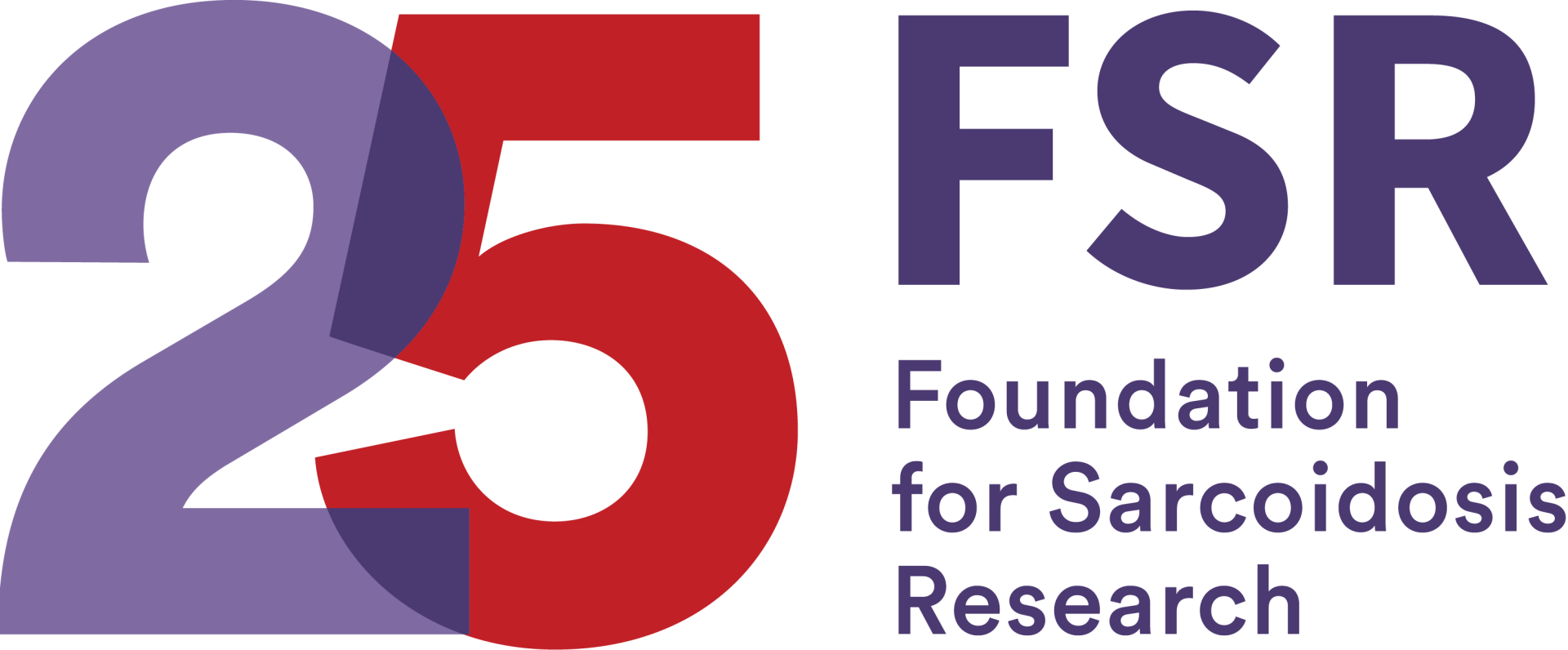Clinical trials can be an exciting opportunity for patients to try a new drug or treatment and see if it helps their sarcoidosis symptoms. These trials are important because they advance sarcoidosis research and bring us closer to finding better treatment and a cure. An important part of any clinical trial is establishing eligibility criteria. Like in any scientific experiment, the groups that are participating must be uniform to an extent – this is to make sure that other factors are not influencing the data. If you see a new trial that you’d like to participate in, looking at the inclusion and exclusion criteria can help you determine if you are eligible.
What is exclusion criteria?
Exclusion criteria is a list of characteristics that disqualify a person from participating in a clinical trial. These characteristics can vary from demographic information like age, gender, or race to something as complex as comorbidities, organ dysfunction, or the use of other medications. The purpose of exclusion criteria is to create a patient population with little variation so that the data gathered in the experiment is most likely due to the treatment or drug being administered.
Different Types of Exclusion Criteria
Age
In many clinical trials, you may notice an age range in their inclusion criteria. This is often due to the physical vulnerability of adolescents, children, infants, and the elderly. Oftentimes, elderly people are suffering from more than one condition and they are taking medications that might interfere with the trial. Young people, on the other hand, are still developing, and that can also interfere with clinical trial results. New drugs have inherent risks, so researchers often do not want to test the drug on age groups with weaker immune systems like young children and the elderly.


Multiple Chronic Conditions
The purpose of a clinical trial is to test the effects of a drug on one specific condition. Therefore, someone suffering from multiple conditions may not be eligible to participate in a particular clinical trial. This is because the drug may interact with the other conditions and produce results that could skew the data. Also, if someone is suffering from multiple conditions, it is likely that he or she is taking multiple medications, and those other medications could also influence the data, making medication use another disqualifying factor.
Organ Dysfunction
There is already an inherent risk in testing a new drug on human participants, however, that risk increases when a participant has a dysfunctional organ other than the organ on which the drug is being tested. For this reason, dysfunction in multiple organs is a common exclusion criterion in clinical trials. For example, someone with cardiac sarcoidosis may not be eligible for a trial about pulmonary sarcoidosis. The safety of patients is the number one concern. Plus, even if the participant does not experience adverse effects, the effects that they do experience could be a result of the drug interacting with the dysfunctional organ, which is not what the trial intended to test. This would be another example of data being skewed by other variables.
Stay Up to Date
The inclusion and exclusion criteria varies from trial to trial, so if you want to participate in a clinical trial, keep your eyes peeled – there may be one out there for you! You can stay up to date on upcoming clinical trials by signing up for regular updates on our website.
Here are some studies going on right now as well as their inclusion criteria:
- Study on heart scarring in Gainesville, Florida
- Be diagnosed with sarcoidosis.
- Be 18 years of age or older.
- BRITE Bronchoscopy at initial sarcoidosis diagnosis targeting longitudinal endpoints
- Adults diagnosed with sarcoidosis within the past 18 months
- On no immunosuppressive therapy at the time of enrollment
- Able to travel to and from one of the 4 BRITE study locations
- San Francisco, California
- Denver, Colorado
- Iowa City, Iowa
- Baltimore, Maryland
- Assessment of sarilumab in patients with glucocorticoid-dependent sarcoidosis at Stanford University
- Adults 18 or older
- Diagnosed with sarcoidosis through a positive biopsy
- Involvement of the lungs (stage II or III pulmonary sarcoidosis), lymph nodes, liver, kidneys, spleen, bone, soft tissues, skin, and/or eyes
- At least one active manifestation, defined by the need for ongoing glucocorticoid treatment to control a sign or symptom of sarcoidosis, which requires treatment with prednisone (or equivalent corticosteroid) ≥ 10 mg and ≤ 60 mg daily (i.e. glucocorticoid dependence), with stable dosing for ≥ 28 days prior to baseline. If patients are taking a glucocorticoid other than prednisone, they will be changed to prednisone at the equivalent dose and take this daily for ≥ 14 days prior to baseline.
- DMARDs including methotrexate, leflunomide, azathioprine, mycophenolate mofetil, and/or anti-malarials (i.e. hydroxychloroquine) will be permitted, but the regimen must be stable for ≥ 28 days prior to baseline and remain stable during follow-up.
- Ability to understand and the willingness to sign a written informed consent document.
- Study of CMK389 in patients with pulmonary sarcoidosis
- Be between the ages of 18 and 75 years
- Have a body mass index (BMI) within the range of 18-43 kg/m2
- Have biopsy proven pulmonary sarcoidosis diagnose at least a year ago
- Be receiving 5-15 mg/day of prednisone (or equivalent steroid medications) for at least 6 months
- Be receiving methotrexate or azathioprine for the last 6 months
- PapLand cardiac screening and assessment
- Diagnosis of sarcoidosis as per ATS guidelines
- Must be the first time visiting the enrolling center
- Intent to continue care at the enrolling center at least annually
- Never had a history of cardiac sarcoidosis AND never have been suspected of having cardiac sarcoidosis
- Neurosarcoidosis imaging study (University of Iowa)
- Neurosarcoidosis diagnosis within the last 2 years (either ‘definite’ or ‘probable’ per Zajicek criteria).
- Age 18-85
- Able to consent
- Reliable follow-up
